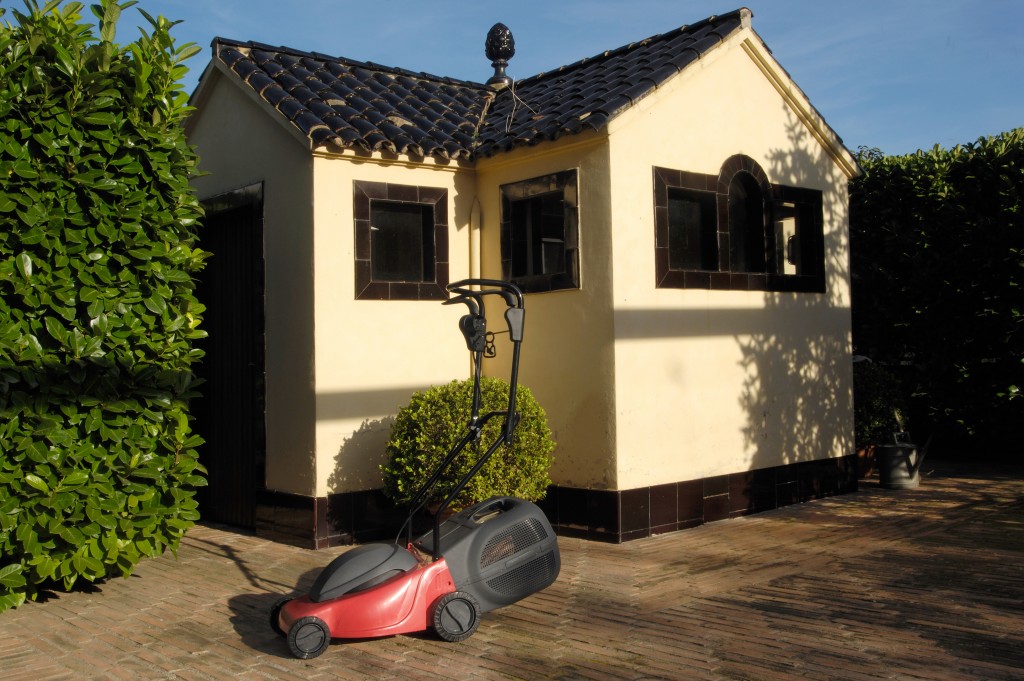Green is in. Everyone is on the journey to minimize their carbon footprint as much as possible in order to avert the consequences of climate change which, now, are already being felt around the world, including the United States.
Many households across the nation are incorporating measures that are considered to be friendlier to the environment. Aside from being mindful of their purchases, they are adopting strategies that make their homes more energy efficient to scale back their power consumption from the grid. The U.S. still relies mostly on non-renewable sources that emit greenhouse gases to the atmosphere. These strategies also help lower your utility bills, leading to money savings later on.
It is not a bad idea, therefore, to turn your garden storage shed into an energy-efficient space that does not contribute to the destruction of the planet and can be self-sustaining.
Powered by the Sun
The one challenge when it comes to building an outhouse is electricity. Homeowners have the option to connect a cable from the main line to the shed underground but, if the distance between the house and the structure is too far, it can be very expensive. A simple system, on the other hand, although more affordable, does not give off a lot of power. Adding air conditioning or using the outlet to power your tools, therefore, are out of the question.
Using solar panels is the way to go. Homeowners can purchase solar kits which are easy to install and can generate the amount of electricity that a small outhouse requires on a daily basis. Although the initial cost is high, it makes the structure self-sustaining and energy-efficient. It also gives the property points for being eco-friendly because it gets its power directly from a renewable source and does not contribute to emissions.
You can create your own system, but it requires more work and expertise. Better buy a kit or talk to a local electrician about it.
Better Ways to Light Up During the Day
Using solar panels to generate power is the best way to minimize the environmental impact of a structure, but there are more ways to cut back on energy consumption for the benefit of the planet. During the day, for example, there is no reason to turn the lights on. A small space such as a shed can get the illumination it needs from the sun.
Adding a skylight on the roof or windows around the outhouse can significantly reduce the need for artificial lighting. It makes the space energy-efficient and it further lowers your energy consumption because it warms the entire building by letting the sun shine through, perfect for cold fall and winter days.
A Vertical Garden Shields from the Sun
On hot summer days, however, the shed can gain from the cooling effects of a vertical garden.
The presence of plants has been known to lower the ambient temperature by releasing water vapor into the air in a process that is similar to sweating. It also creates a shield against the sun, reducing the heat that enters the building.
A living wall, which is essentially a vertical garden made up of several plants, can reduce heat by as much as 10 degrees Celsius. Each plant added to the living wall contributes to reducing indoor temperature that lessens the need for air conditioning during summer.
Moreover, plants are important tools in fighting climate change. They capture carbon dioxide from the air, trap it into the soil, and exhale oxygen for human beings to breathe. In addition, they help the local fauna to survive, providing food and shelter for insects and wild animals.
Catch the Falling Rain

The shed can also be transformed into a structure that collects rainwater. To do this, you would need a catchment surface which, in this case, is the roof of the shed. Unless the structure already has solar panels involved, a roof is enough to collect raindrops. A 1-inch rainfall can accumulate up to 55 gallons of water.
The gutters and downspouts, meanwhile, redirect the flow of the collected water to the barrel. There should be a basket filter on top of whichever container you use in order to filter insects, dirt, and leaves from contaminating the water.
The rainwater collected can be used to keep the plants hydrated or to use to flush the toilet.
An eco-friendly shed is not a difficult nor costly project as long as features that take environmental impact into account are integrated into the design. From now on, people should be mindful of their respective carbon footprints to save the planet from destruction.
